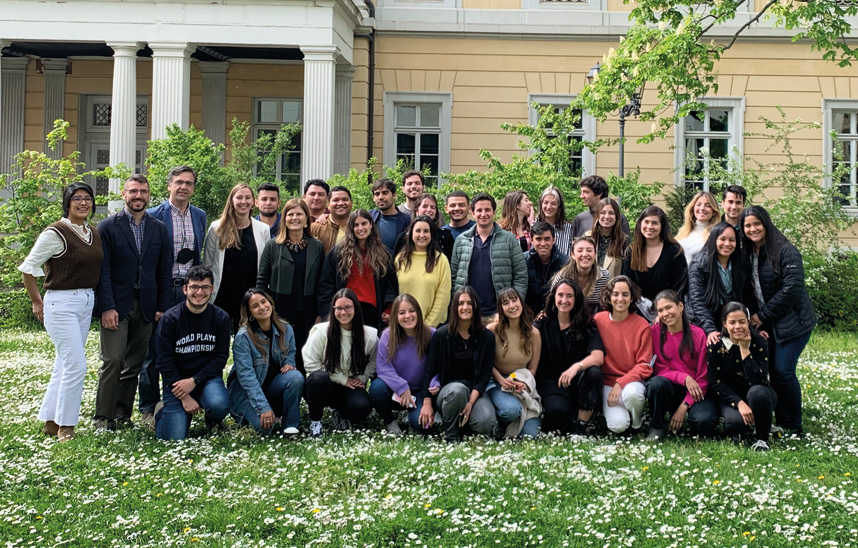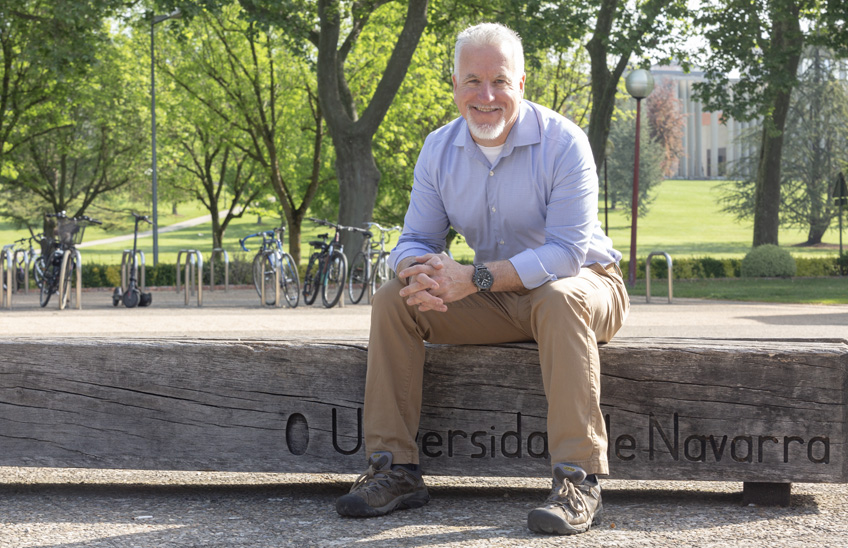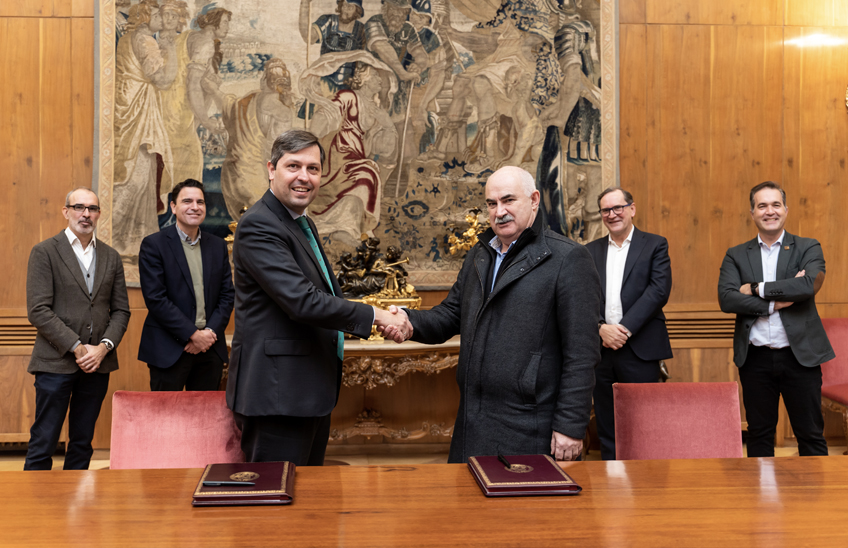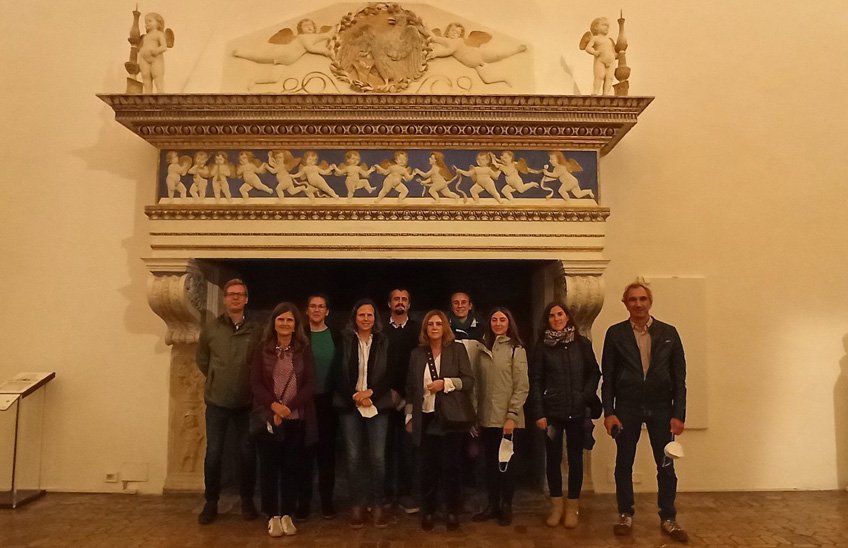Encouraging passive design , core topic to reduce energy consumption
MDGAE students at the University of Navarra are trained in different aspects of architectural sustainability in an international environment.

PhotoCedit/
27 | 05 | 2022
"In today's status , where buildings consume 40% of energy and energy costs are rising at historic levels, it is necessary to construct and rehabilitate buildings that demand very little energy," says Ana Sánchez-Ostiz, coordinator of the University's group de research Environmental Sustainability Housing Industrialisation and Architecture (SAVIArquitectura).
The European Union has set targets to progressively reduce greenhouse gas emissions by 2050, which aim to put the EU on the path towards a transformation towards a carbon neutral architecture leave . To this end, it requires all new buildings to be nearly zero-energy buildings (Directive 2010/31/EU).
The professor from the School of Architecture The professor explains that in order to make buildings nearly zero-energy, it is necessary to limit energy demand to a minimum, to use highly efficient energy systems and to cover the resulting demand with renewable energies. "A strategy based on passive design makes it possible to limit energy demand. One option is to follow the criteria established by the Passivhaus standard, which are based on: design according to the climate (solar gain and protection), high insulation thicknesses, thermal bridge solutions, air tightness, high performance windows, mechanical ventilation with heat recovery".
An international internship at high school Passivhaus
But it is not only necessary to design with sustainability criteria, but also to quantify the efficiency of the measures adopted, says the researcher, "a specific training is needed to construct new buildings and refurbish existing ones from this perspective". In this sense, Professor Sánchez-Ostiz, also director of the Master's Degree in design and management Environmental Building, considers it essential to provide "a quality and transversal training in the different environmental certification standards by the hand of the referents of each area". Thus, the 33 students of the eleventh promotion of the Master's Degree at design and management Environmental Building (MDGAE). of the School of Architecture have carried out a week-long international internship at high school Passivhaus in Darmstadt (Germany).
leave During this period, the students have taken a course focused on the Passivhaus standard, based on buildings with a very low energy demand, less than 15 kWh/m2a. They have been able to learn the criteria on which it is based and the Design PH and PPHP tools to demonstrate compliance with the standard. The course had a strong practical component and the students were able to design a building with Passivhaus criteria and verify compliance.
This stay is framed within the 4 pillars of the Master's Degree MDGAE: design and quantification of sustainability, internationalization, specialization and innovation, partnership with companies.
The Master's Degree MDGAE trains experts in environmental, social and economic sustainability in architecture, urban planning and engineering. It focuses on management energy (active and passive measures), Materials (sustainable materials, life cycle analysis, healthy materials), environmental building certifications (BREAAM, WELL, LEED, PASSIVHAUS) and new construction systems that allow the design and construction of sustainable buildings.




